Everything old is new again: preserving tradition with an ancient craft

Covering a typical Amazon house with a thatched roof is a long, demanding task.
The straw is harvested in the forest and brought to the village. Then it is woven on small wooden strips and finally layered and fixed to the roof.
In order for the work to be durable over time each layer of thatch, commonly known as course, must be placed less than 20 cm from the next.
A thatched roof is naturally weather-resistant, and when properly maintained does not absorb a lot of water. As long as both thatch and roof structures are at the correct angle, water will travel quickly down slope so that it runs off the roof before it can penetrate the structure.
Since the bulk of the straw stays dry and is densely packed—trapping air—thatching also functions as insulation: a thatched roof ensures that a building is cool in summer and warm in winter.
A sustainable resource, thatch is an extremely environmentally friendly material.
In the photos you can see the process of renovating the roof of the communal ‘maloca’ at Xixuau Amazon Ecolodge, where visitors enjoy their meals, relax between excursions and interact with the local people. From harvesting the straw to fitting, it took 8 people and 11 days to fit more than 200 courses to the roof.
A job for skilled thatchers!
We would also like to thank our fledging photographers Thiago Marinho and Francisco Nascimento for the pics.


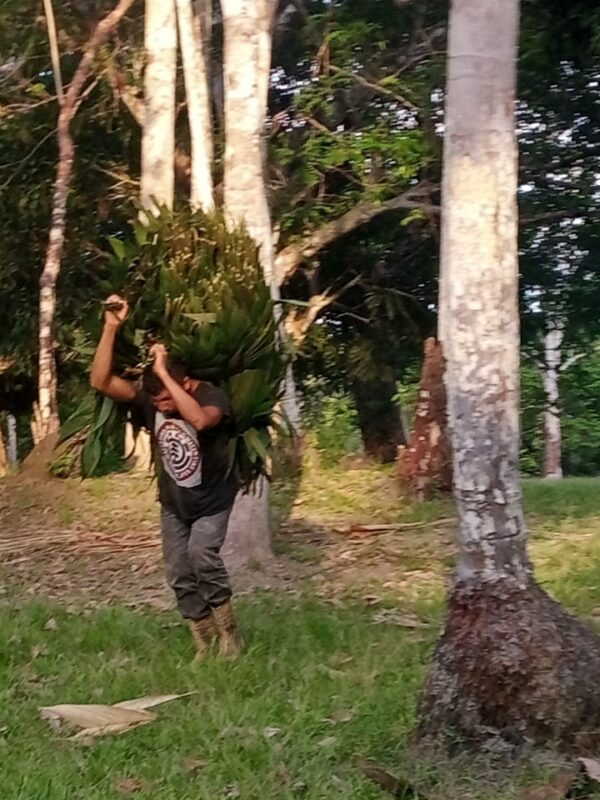
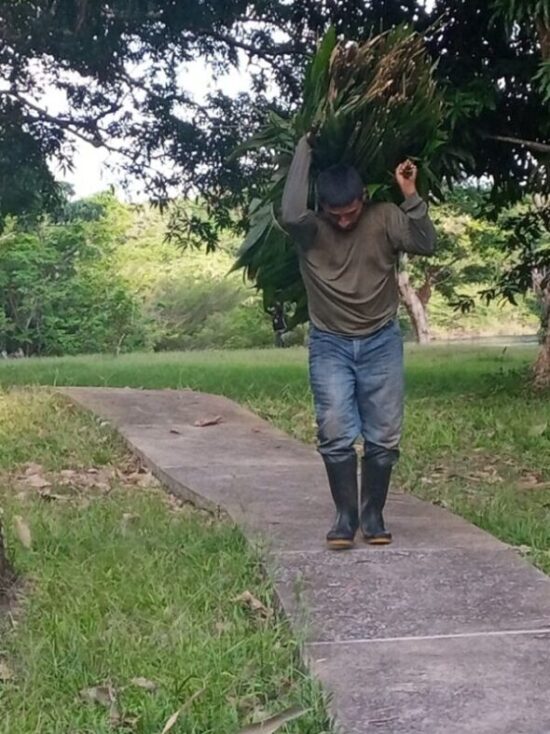
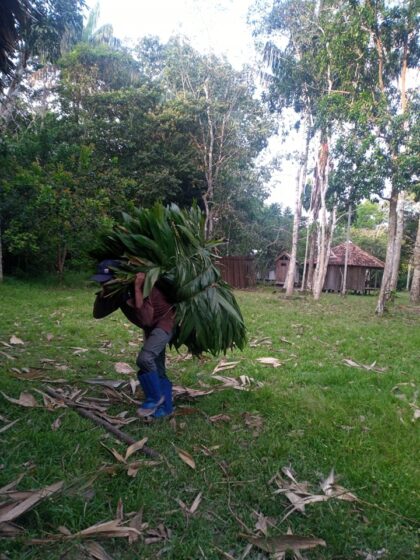
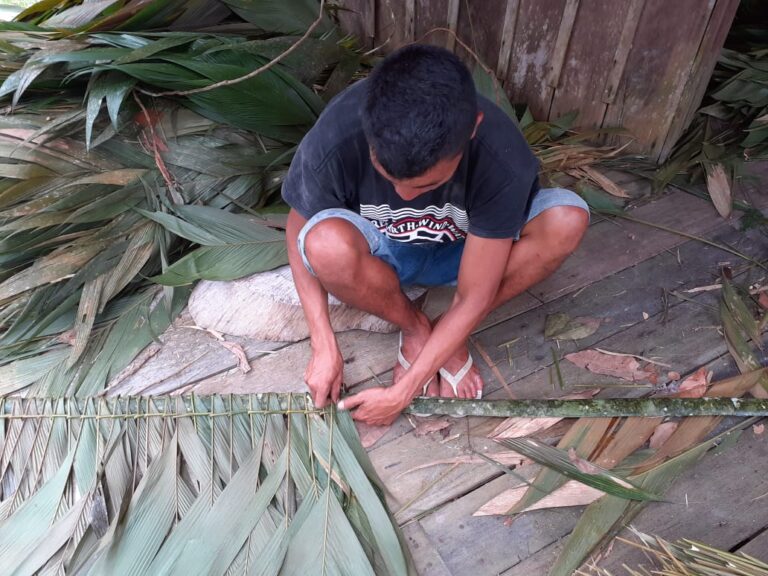
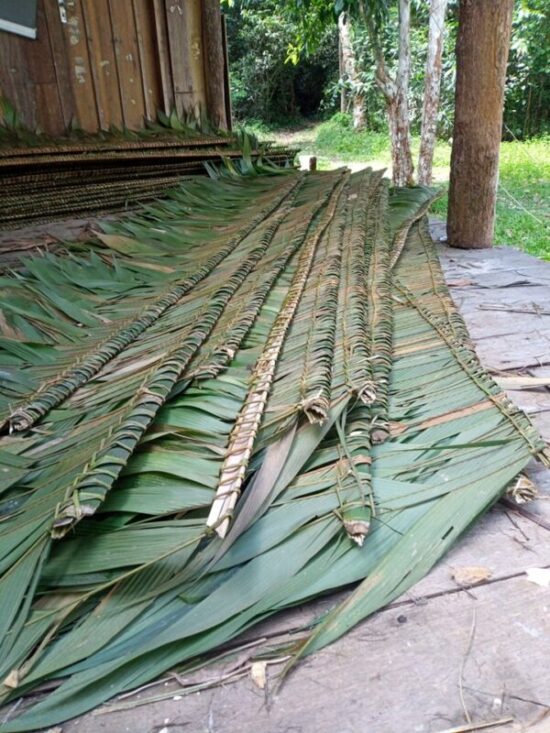
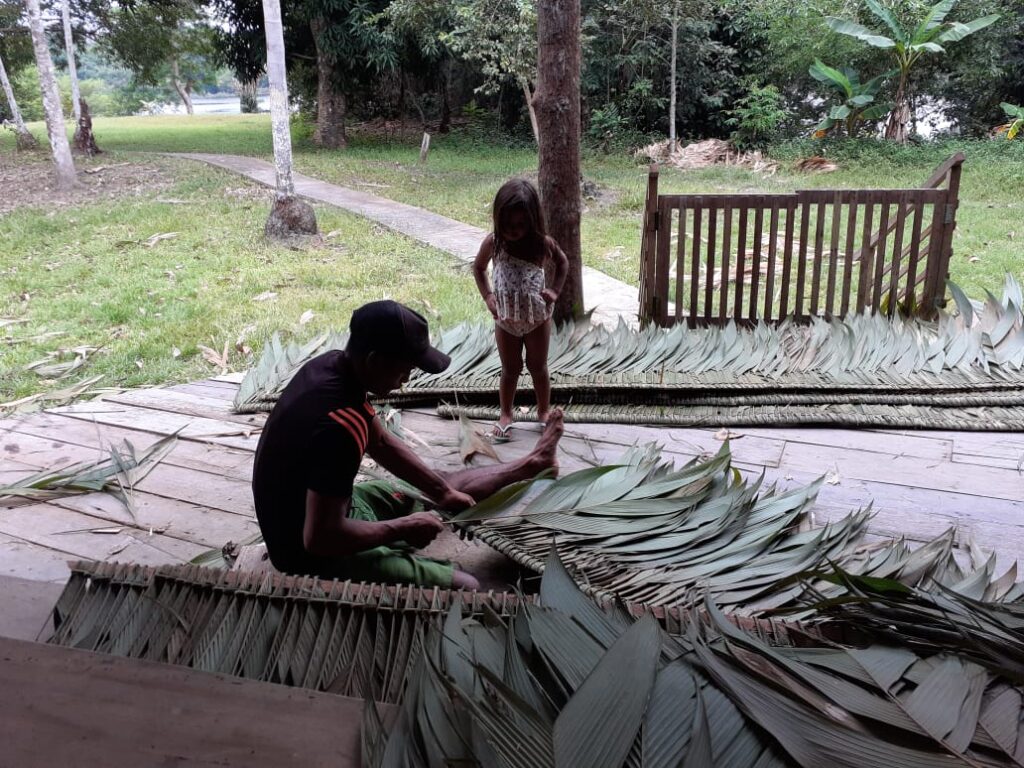
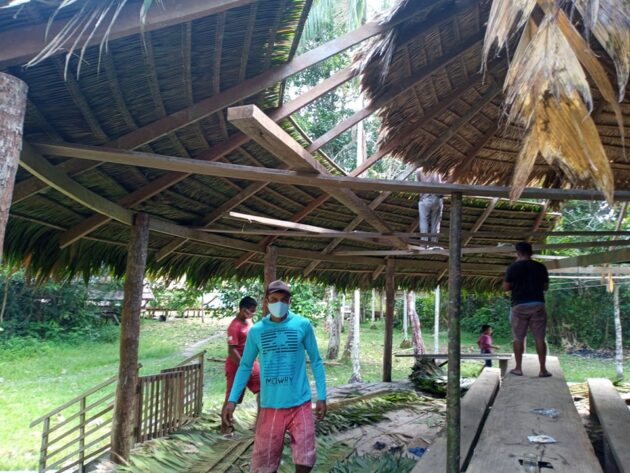
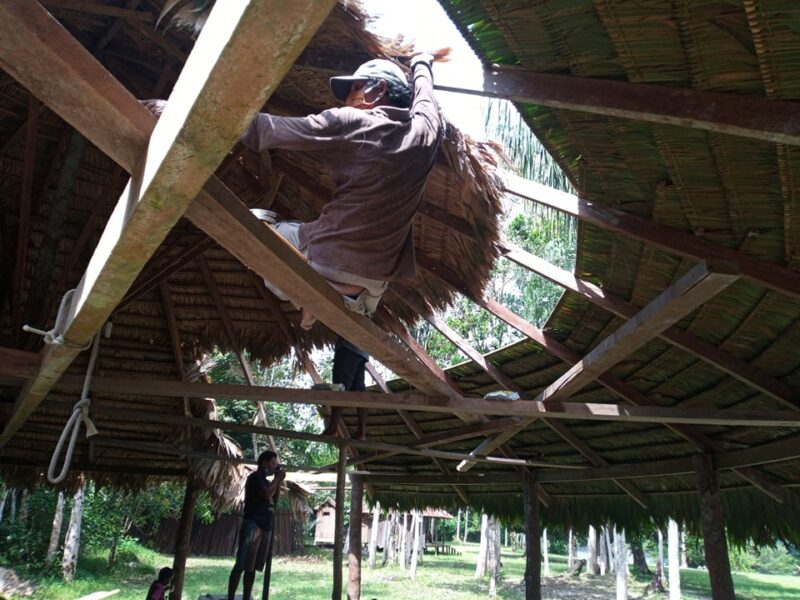
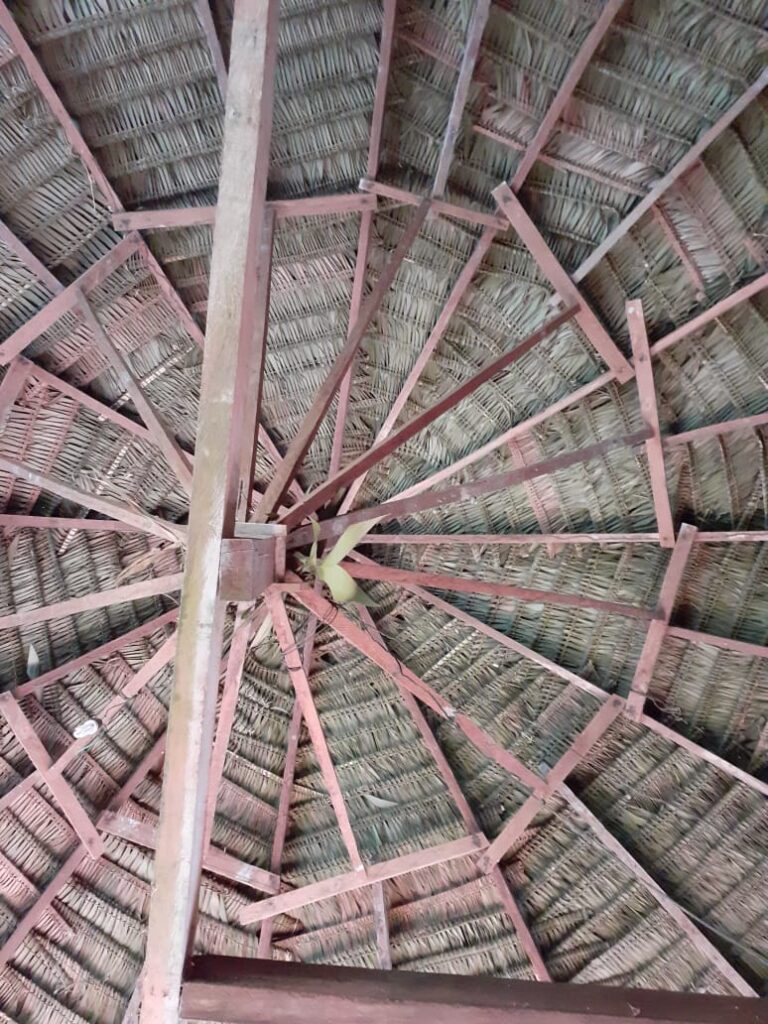
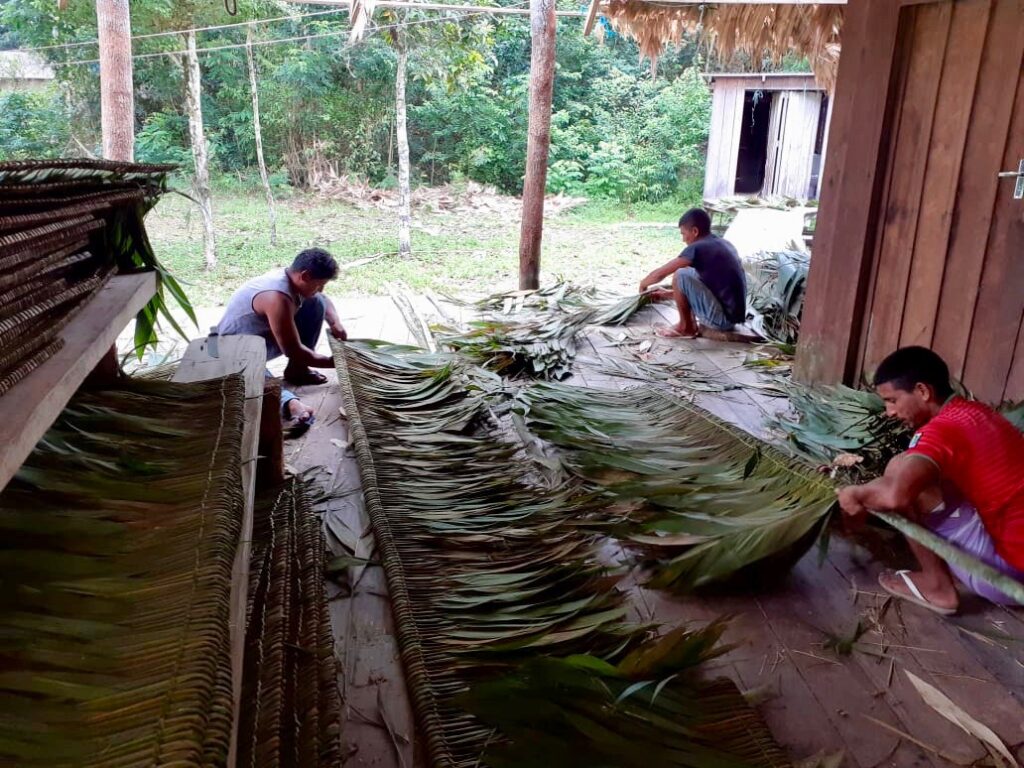
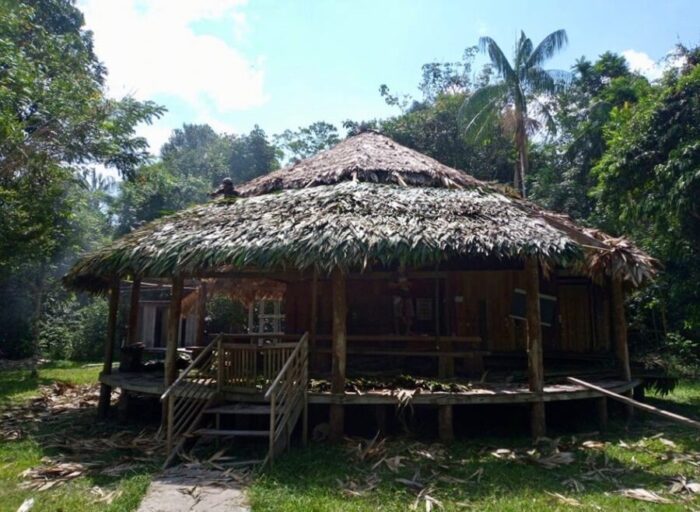
Related Posts
-
The native inhabitants of the Brazilian Amazon are celebrati...Jun 13, 2018 / 0 comments
-
Large areas of forest are submerged in the Jauaperi Reserve,...Jun 03, 2019 / 0 comments
-
February 17, 2020, Quirinale Palace, Rome. The ceremony for ...Feb 17, 2020 / 0 comments
-
Travelling solo can be one of the most exciting, liberating ...Feb 13, 2020 / 0 comments
Contact us
Xixuaú Amazon Ecolodge
69373-000 – RR, Brasil






Sorry, the comment form is closed at this time.